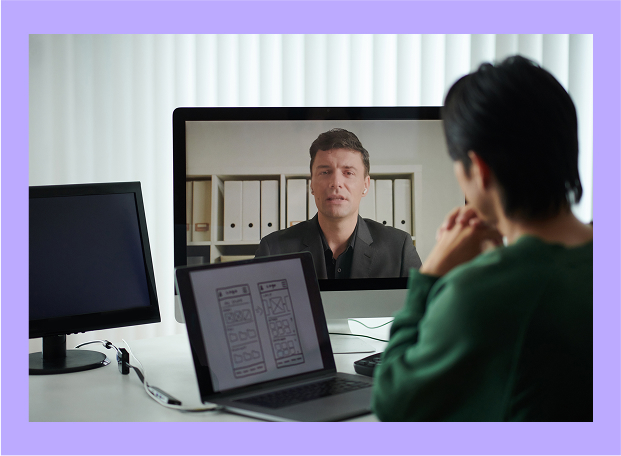Inter Milan has undergone an incredible transformation in recent years. From periods of inconsistency, they have become a dominant force in Italian football. This remarkable comeback is built on a strong, multi-faceted strategy. It includes astute leadership, a distinct tactical philosophy, and a significant financial recovery.
The Architects of Revival: Leadership and Vision
A key figure in Inter’s resurgence is Giuseppe Marotta. He joined in 2018 and is now President and CEO Sport. Marotta’s strategic planning and financial acumen, honed at Juventus, have been vital in rebuilding the club’s foundations.
The appointment of Antonio Conte as head coach in May 2019 was a significant turning point. Conte, known for his success, brought a new tactical philosophy to the team. Under his leadership, Inter clinched their 19th Serie A title in the 2020-21 season, ending Juventus’ long dominance.
Simone Inzaghi took over as coach in 2021 and has continued to build on this success. He has secured multiple domestic cup trophies, including two Coppa Italia and Supercoppa Italiana titles. Inzaghi notably led Inter to the UEFA Champions League final in the 2022-23 season, their first since 2010. Furthermore, he guided them to their 20th Scudetto in the 2023-24 season, reinforcing their domestic supremacy.
Additionally, Cristian Chivu is noted for his influence in reshaping aspects of Inter Milan. He has prioritized vertical play and regenerated key players like Nicolò Barella and Federico Dimarco. This has also contributed to restoring defensive stability within the squad.
The club recently saw an ownership change, with American fund Oaktree Capital Management taking over in May 2024. They are focused on stabilizing Inter Milan’s finances and addressing existing debt. Oaktree is committed to maintaining the team’s high competitiveness on the pitch for the long term.
Inzaghi’s Masterclass: Unpacking the Tactical Philosophy
Under Simone Inzaghi, Inter Milan primarily uses a 3-5-2 formation. This system prioritizes defensive strength and quick build-up from the back. It aims to exploit space efficiently using mobile attackers.
Defensive solidity is a core part of Inter’s DNA. The team plays with three center-backs in a flat line and presses aggressively. They often squeeze the pitch when defending, pushing up to stay compact. This strategy forces opponents back, crucial for a team that doesn’t always dominate possession.
While 3-5-2 is the base, Inter shows fluid formations and positional rotations. Minor variations like 3-5-1-1 with a supporting striker or 3-1-4-2 with a midfielder dropping deep are common. They frequently rotate during build-up to confuse opponents and create numerical advantages.
Offensive play focuses on moving the ball quickly and with intent. The goal is to exploit space for the two strikers. Verticality and the use of individual skills are negotiated based on the opponent’s strength. Inter also emphasizes central dominance, utilizing the wings through external midfielders to stretch defenses and create crossing opportunities.
Smart Moves: Inter Milan’s Evolving Transfer Strategy
Inter’s transfer strategy has adapted over time, influenced by financial realities and the club’s long-term vision. Under previous ownership, the focus was often on experienced players. These were sometimes available as free agents to manage costs effectively. This approach, while effective, meant a reliance on older players and limited spending on transfers.
More recently, there has been a noticeable shift. Inter Milan is now investing in younger talents with high potential. The goal is for their market value to grow over time. This new strategy, deployed in the 2025 summer transfer window, saw significant investment in players aged 23 or under. A more solid squad base and increased revenues make this shift possible.
From Red to Black: The Financial Turnaround
Inter faced significant financial challenges, including record losses of €245.6 million for the 2020-21 season. This was largely due to the pandemic. However, the club has achieved a remarkable financial turnaround since that period.
Inter Milan reported a net profit of €35.4 million for the 2024-25 financial year. This marked their first profit in 15 years. The club also achieved record revenues of €567 million for the same season. This is the highest ever for a Serie A club, excluding player trading.
This impressive growth was driven by increased income from domestic and European competitions. Participation in the FIFA Club World Cup also contributed, along with growth in commercial revenues from sponsorships and matchdays. Inter has significantly reduced its losses and taken steps to address its debt. This includes securing a €350 million long-term private loan, which earned them an investment-grade credit rating. This financial recovery has provided stability and confidence in the club’s long-term outlook.
The Future is Nerazzurri: Sustaining Success
The resurgence of Inter Milan is a testament to strategic vision and impeccable execution. From shrewd leadership changes to tactical brilliance and financial prudence, every aspect contributes to their ongoing success. The club is now firmly back among Europe’s elite.
As Inter’s global appeal continues to grow, clear communication becomes paramount. Whether it’s translating official club announcements, financial reports, or player interviews for an international fanbase, tools like Doctranslate.io are invaluable. They ensure accurate and timely dissemination of information across various languages. For a comprehensive guide on using such tools, you can always refer to a relevant user manual.
This deep dive into Inter’s winning strategy highlights a holistic approach to club management. It shows how strategic thinking in every department can lead to remarkable achievements. Explore these successful strategies and consider how effective, multilingual communication plays a role in today’s global landscape. Why not try Doctranslate.io for your own multilingual content needs?


Leave a Reply